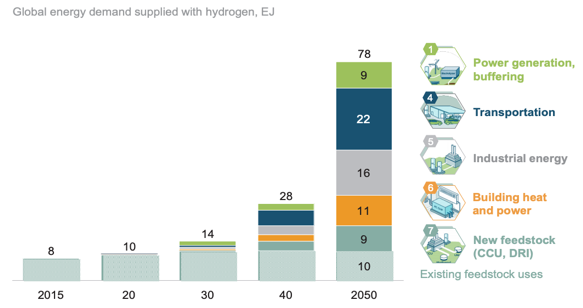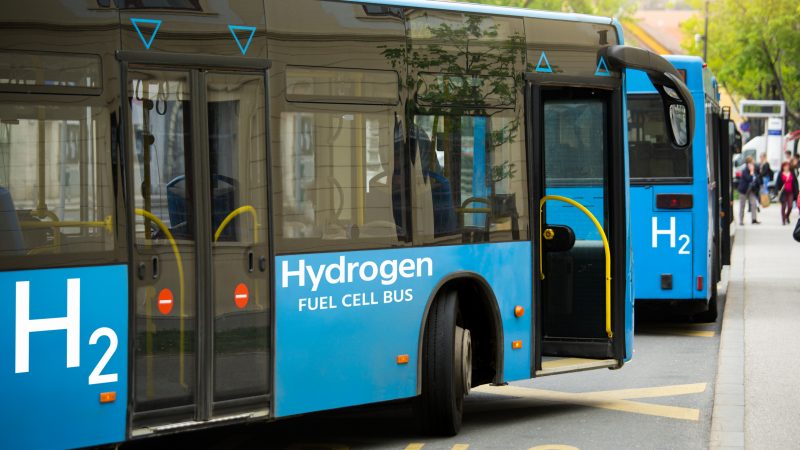How can the logistics & transport keep up with the goals of COP26 and the 2030 vision?
In November 2021, I started my internship as a “Junior Business Development Consultant” at SOLATOM. A Valencian Start-Up dedicated to developing new technologies to offer 100% green hydrogen at lower costs than what is already in the industry and available to the customer
Although my current position makes me function more as a strategic mind, my study background has been 100% focused on logistics. So, I asked myself, how will the hydrogen industry affect and support logistics as we know it today? Can this be an answer to respond to some of the 2030 sustainability goals? How can this help to reach the COP26, where nations took a range of decisions in the collective effort to limit global temperature rise to 1.5 degrees. Furthermore, how can we do this? One of the ideals would be, reducing CO2 emissions.
Thus, what is hydrogen? Hydrogen gas is the most abundant chemical element in nature and is a versatile, light, and highly reactive material. Green hydrogen is obtained through a chemical process known as electrolysis, which uses an electric current to separate hydrogen from oxygen in the water. With hydrogen, we can attempt the real deal: Decarbonization.
The decarbonization of the economy and transport is a process that cannot be postponed in the medium and long term, hopefully giving more prominence to green hydrogen.
Logistics-focused hydropower plants aim to generate and supply green hydrogen to heavy road transport fleets, intercity bus fleets, and light industrial vehicles.
They could also serve other sectors such as railways and the chemical industry. Recently, the Spanish government announced the National Hydrogen Strategy, which includes the allocation of more than 1,500 million euros from European funds for hydrogen-related projects. Moreover, if its production becomes 50% cheaper by 2030, as predicted by the World Hydrogen Council, we will undoubtedly be facing one of the future fuels.
In this sense, at the end of 2021, the European Commission presented the ‘Sustainable and Intelligent Mobility Strategy.’ This document includes an action plan of specific political measures, with the main milestones for the next three decades to reduce greenhouse gas (GHG) emissions related to all modes of transport by 90 percent by 2050.
The graph presented below (Figure 1) shows the potential demand for hydrogen:

I consider it essential to highlight some of the most critical positive aspects of the use of green hydrogen in logistics:
- Compared to battery-only vehicles, there are improvements in sustainability, operation, and safety. This is achieved by reducing batteries (reduced weight and life-cycle environmental impact) and eliminating the need for electric charging and recharging infrastructure.
- Elimination of environmentally polluting gases such as those produced by diesel or gasoline.
- Ability to decarbonize transport. Sector considered so far as “difficult to abate” in fighting climate change.
- Apart from renewable energy, the only raw material in a green hydrogen plant is water (H2O). Water is a low-cost renewable resource whose cycle is not altered.
- Increased safety for personnel. Hydrogen is not harmful to workers, unlike, for example, lead-acid batteries, which are used in most warehouses.
- Ease of storage. Allows for subsequent use for other purposes and other times than when produced.
- It is strengthening Spain’s energy and technological independence and the European Union.
Decarbonization of the planet is arriving, and as you can see, without a doubt, green hydrogen is one of the most effective solutions for this.
